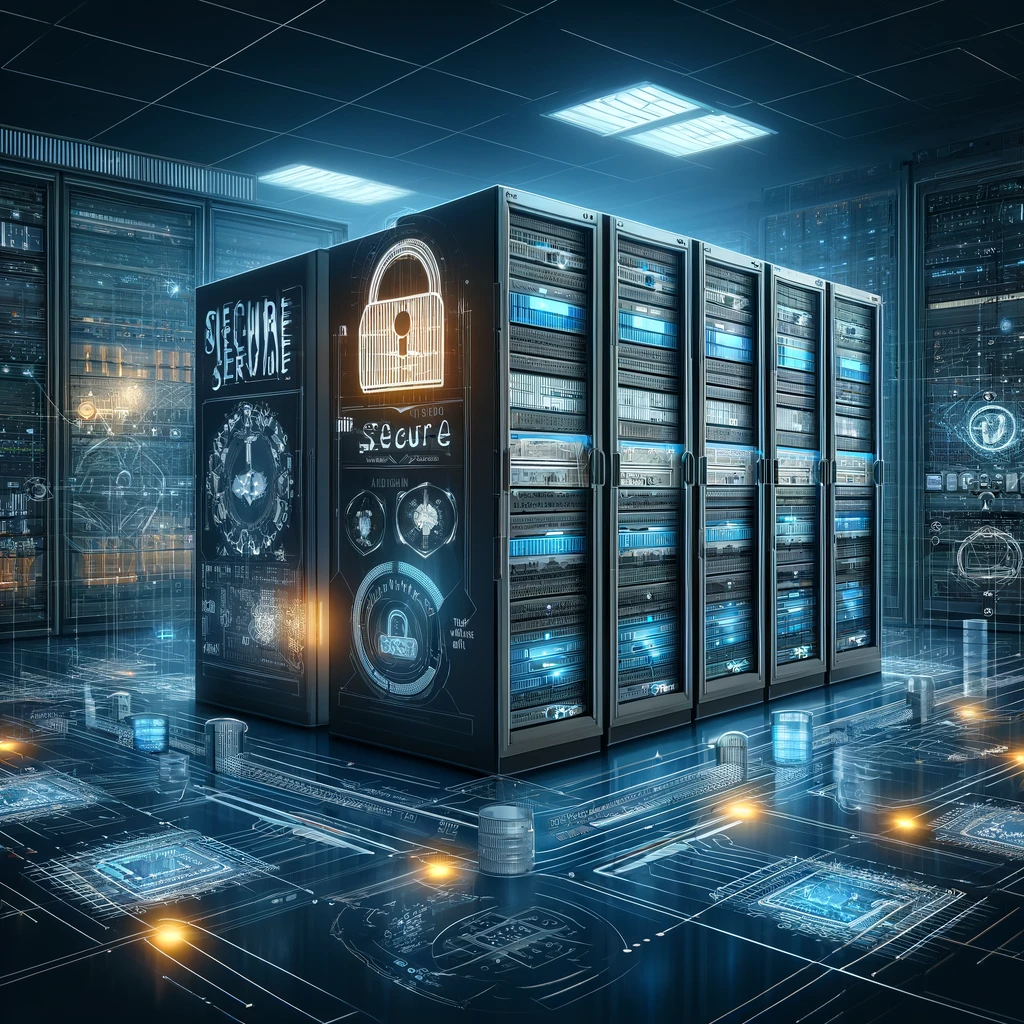Streaming content live has become an integral part of digital communication, whether for broadcasting events, conducting webinars, or streaming gaming sessions. At the heart of this technology lies the Real-Time Messaging Protocol (RTMP), which is fundamental for enabling these real-time multimedia streaming services. However, as the usage of RTMP has proliferated, so has the attention it draws from potential security threats. In this context, securing an RTMP server is not just advisable; it’s essential. This article explores the critical elements of secure RTMP server configuration to safeguard content and ensure a safe viewing experience for the audience.
Understanding RTMP and Its Importance
RTMP was developed primarily for high-performance transmission of audio, video, and data between server devices. While it has been partially supplanted by HTTP-based streaming protocols like HLS and MPEG-DASH, RTMP remains widely used for its low-latency capabilities, making it ideal for live streaming applications. However, its persistent connection and direct data flow make it a potential target for security breaches, necessitating robust security measures.
Key Aspects of Secure RTMP Server Configuration
1. Encryption:
Encrypting the data transmitted via RTMP is crucial. While RTMP itself does not encrypt data, RTMPS (Secure RTMP), which is an extension of RTMP over a TLS/SSL connection, provides encryption. Configuring your RTMP server to use RTMPS ensures that all data transmission is encrypted, thereby protecting it from eavesdropping and tampering.
2. Authentication:
Server authentication is vital to ensure that only authorized users can publish or pull streams. This can be achieved through various methods, such as token-based authentication or integrating with existing authentication systems like OAuth. Implementing IP address filtering can also enhance security by restricting access to the server from untrusted networks.
3. Access Control:
Fine-grained access control is necessary to manage who can access what content. Configurations can include write permissions (for those who can stream to the server) and read permissions (for those who can view the streams). Access control can be managed through server settings or through a web application firewall that screens and controls incoming and outgoing traffic.
4. Regular Updates and Patch Management:
Keeping the server software up-to-date is essential for security. This includes not only the RTMP server itself but also the underlying operating system and associated components. Regular updates ensure that any known vulnerabilities are patched, thus mitigating potential exploits.
5. Monitoring and Logging:
Continuous monitoring of the RTMP server can help detect and respond to security incidents in real-time. Logs should be maintained for all streaming activities, including session initiation and termination, failed login attempts, and configuration changes. These logs are invaluable for forensic analysis in case of a security breach.
Best Practices for Secure RTMP Server Setup
- Use Dedicated Hosting: Opt for a dedicated server for your RTMP streams. Shared hosting environments can pose additional security risks due to the potential for cross-site contamination.
- Implement Rate Limiting: To protect against denial-of-service attacks, rate limiting should be applied to limit the number of requests a user can make to the server within a certain timeframe.
- Disable Unused Services: Turn off any services and ports on the server that are not in use. This reduces the number of entry points available to an attacker.
- Secure Network Configuration: Ensure that the network where your RTMP server resides is secured. This includes using firewalls to filter traffic and using Virtual Private Networks (VPNs) to encrypt communications.
- Regular Security Audits: Conduct regular security audits and penetration testing to identify and rectify security vulnerabilities.
Conclusion
Securing an RTMP server involves a comprehensive approach that includes encryption, authentication, access control, and continuous monitoring. As the digital landscape evolves and threats become more sophisticated, the importance of securing streaming content cannot be overstated. By implementing the security measures discussed in this article, organizations can protect their RTMP servers from unauthorized access and ensure a safe and reliable streaming experience for their users.
